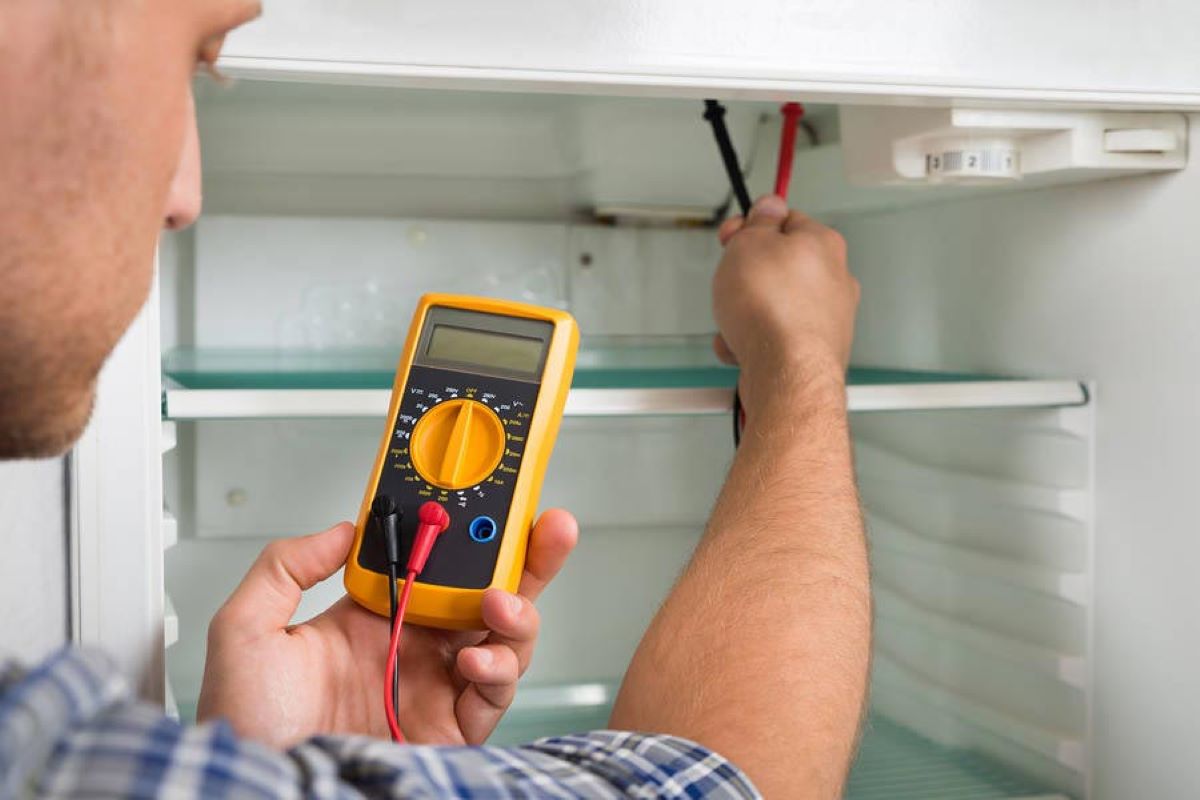

Articles
How To Make A Refrigerator Colder
Modified: October 18, 2024
Learn how articles can help you make your refrigerator colder. Find step-by-step instructions and tips to optimize its cooling performance. Start refrigerating like a pro today!
(Many of the links in this article redirect to a specific reviewed product. Your purchase of these products through affiliate links helps to generate commission for Storables.com, at no extra cost. Learn more)
Introduction
Having a well-functioning refrigerator is essential for preserving the freshness of your food. However, there may be times when you notice that your refrigerator isn’t cooling as effectively as it should be. If you find yourself in this situation, don’t worry! There are several steps you can take to make your refrigerator colder and ensure it’s operating at its optimal temperature.
In this article, we will explore various methods to enhance the cooling efficiency of your refrigerator. From adjusting temperature settings to checking and cleaning the condenser coils, we will cover all aspects of optimizing refrigerator performance.
Before we dive into the specifics, it’s important to understand how refrigerator temperature settings work. Most refrigerators have a temperature control dial or button that allows you to adjust the temperature inside the fridge. Typically, the ideal temperature for a refrigerator is between 34 and 40 degrees Fahrenheit (1 to 4 degrees Celsius) to ensure food safety and prevent spoilage.
Now, let’s dive into the tips and techniques that can help you make your refrigerator colder:
Key Takeaways:
- Keep your refrigerator at the ideal temperature range of 34 to 40 degrees Fahrenheit for optimal food freshness. Regularly clean condenser coils and ensure proper air circulation to enhance cooling efficiency and prevent food spoilage.
- If your refrigerator still isn’t cooling properly, check for potential cooling system issues like faulty fans or compressors. Consider upgrading to a newer, energy-efficient model for long-term savings and fresher food.
Read more: How To Make My Danby Kegerator Colder
Understanding Refrigerator Temperature Settings
Before you start making any adjustments to your refrigerator, it’s crucial to understand how the temperature settings work. Most refrigerators have a temperature control dial or button located either inside the fridge compartment or on the back or bottom of the unit.
Start by locating the temperature control device on your refrigerator. It may have numbers, such as 1 to 7 or a range of temperatures like “warmer” to “colder.” The numbers or settings generally represent a temperature range rather than specific degrees. For example, setting 1 or “warmer” will be slightly higher than the ideal temperature range, while setting 7 or “colder” will be lower.
It’s recommended to set your refrigerator’s temperature between 34 and 40 degrees Fahrenheit (1 to 4 degrees Celsius) to maintain the freshness and safety of your food. Setting the temperature too low can result in freezing certain food items and potentially damaging them.
Keep in mind that the exact temperature range may vary depending on the make and model of your refrigerator. If you’re unsure about the ideal temperature setting, refer to the manufacturer’s manual or consult the manufacturer’s website for guidance.
When adjusting the temperature, it’s important to give your refrigerator enough time to reach the new setting. It usually takes several hours for the temperature to stabilize after making changes. Therefore, avoid making frequent adjustments and give the refrigerator time to respond to the new setting before evaluating the results.
Having a good understanding of the temperature settings is crucial for effectively making your refrigerator colder. Now that you’re familiar with the basics, we can move on to the next steps in optimizing the cooling performance of your refrigerator.
Checking and Cleaning the Condenser Coils
The condenser coils in your refrigerator play a vital role in the cooling process. Over time, these coils can accumulate dust, dirt, and debris, inhibiting their ability to dissipate heat efficiently. This can lead to reduced cooling performance and make your refrigerator work harder to maintain the desired temperature.
To address this issue, it’s important to regularly check and clean the condenser coils. Here’s how you can do it:
- Locate the condenser coils. Depending on the model of your refrigerator, the condenser coils can be found either at the back of the unit or underneath it.
- Once you’ve located the coils, unplug your refrigerator from the power source to ensure safety while cleaning.
- Using a long-handled brush, gently remove the accumulated dust and debris from the coils. Be careful not to damage the coils or any nearby components.
- If the dust and debris are stubborn, you can use a vacuum cleaner with a brush attachment to clean the coils. Make sure to vacuum carefully and remove as much dirt as possible.
- After cleaning the coils, plug your refrigerator back in and allow it to cool down for a few hours before checking if the cooling performance has improved.
Regularly cleaning the condenser coils can significantly improve the cooling efficiency of your refrigerator. Aim to clean the coils at least once every six months or more frequently if you have pets or live in a particularly dusty environment.
By maintaining clean and debris-free coils, your refrigerator can efficiently dissipate heat and operate at its optimal level, ensuring your food stays fresh and cool.
Adjusting the Thermostat Settings
The thermostat settings of your refrigerator play a crucial role in maintaining the desired temperature and ensuring optimal cooling performance. If you find that your refrigerator is not cooling enough, adjusting the thermostat settings can help rectify the issue.
Here are some steps to follow when adjusting the thermostat settings:
- Locate the thermostat control dial or button inside your refrigerator.
- Assess the current temperature and determine if it needs to be adjusted. If your food is not staying cold enough or is freezing, it may be an indication that the thermostat needs to be adjusted.
- Gradually adjust the temperature control dial or button to a slightly colder setting. Start by moving it one level colder and give it some time to stabilize before reassessing the temperature.
- Observe the cooling performance for a few hours and make further adjustments if necessary. Keep in mind that it may take several hours for the temperature to stabilize after making changes.
- Continue making small adjustments until you achieve the desired temperature range of 34 to 40 degrees Fahrenheit (1 to 4 degrees Celsius).
Remember, it’s important to wait for a few hours after each adjustment to allow the refrigerator to reach the new temperature setting. Frequent and drastic changes to the thermostat settings can lead to inconsistent cooling and potential food spoilage.
In addition to adjusting the thermostat, it’s advisable to monitor the temperature regularly to ensure your refrigerator maintains the ideal cooling conditions. You can use a refrigerator thermometer or the built-in temperature display (if your refrigerator has one) to keep track of the temperature.
By making precise adjustments to the thermostat settings and monitoring the temperature, you can optimize the cooling performance of your refrigerator and ensure your food stays fresh and safely preserved.
Ensuring Proper Air Circulation in the Fridge
Proper air circulation is essential for maintaining consistent and efficient cooling in your refrigerator. When the air isn’t circulating effectively, certain areas of the fridge may become warmer than others, resulting in poor cooling performance. Here are some tips to ensure proper air circulation:
- Avoid overpacking the refrigerator. It’s tempting to squeeze in as much food as possible, but overcrowding can obstruct airflow and hinder cooling. Leave enough space between items for air to circulate freely.
- Arrange food strategically. Place larger items at the back and smaller items towards the front. This allows cool air to flow more evenly throughout the fridge.
- Check for blocked vents. Commonly, refrigerators have vents located at the back or on the sides. Make sure these vents are not blocked by any items, such as containers or packaging.
- Keep the fridge organized. Regularly tidy up and remove any expired or spoiled food. This not only helps maintain air circulation but also ensures a clean and hygienic refrigerator.
- Don’t forget the crisper drawers. These drawers are designed to help preserve the freshness of fruits and vegetables. Make sure they are adjusted properly, allowing for adequate airflow.
By implementing these measures, you can improve the airflow and ensure proper circulation inside your refrigerator. This will help maintain a consistent temperature throughout the fridge and optimize cooling performance.
Check the temperature settings on your refrigerator and make sure it’s set to the coldest setting. Clean the condenser coils to improve cooling efficiency. Avoid overloading the fridge to allow for proper air circulation.
Read more: How To Make My Car Air Conditioner Colder
Evaluating Door Seals and Gaskets
The door seals and gaskets of your refrigerator play a crucial role in maintaining proper insulation and preventing cold air from escaping. Over time, these seals can wear out or become damaged, resulting in a loss of cooling efficiency. Here’s how you can evaluate and maintain your refrigerator’s door seals and gaskets:
- Inspect the door seals for any visible signs of wear, cracks, or damage. Damaged seals can compromise the effectiveness of the seal, allowing cold air to escape.
- Clean the door seals regularly to remove any debris or sticky residue. This will help ensure a tight seal and prevent any obstructions.
- Perform a visual and tactile inspection of the seals. Close the refrigerator door on a small slip of paper or dollar bill, and then try to pull it out. If you can easily remove the paper or bill without resistance, it may be an indication that the seals are not creating a proper seal.
- To improve the seal, you can try adjusting the door hinges. Consult your refrigerator’s manual for instructions on how to adjust the hinges properly.
- If the door seals are severely damaged or not creating a proper seal, it may be necessary to replace them. Contact the manufacturer or a professional technician to obtain the appropriate replacement seals for your refrigerator model.
By regularly evaluating and maintaining the door seals and gaskets, you can ensure that your refrigerator maintains a proper seal, preventing cold air from escaping and optimizing its cooling performance.
Remember, a proper seal not only helps your refrigerator stay colder but also improves energy efficiency, saving you money on your energy bills.
Avoiding Overloading and Improper Food Placement
Proper organization and placement of food items inside your refrigerator can have a significant impact on its cooling efficiency. Overloading the fridge or placing food items incorrectly can obstruct airflow and hinder the cooling process. Here are some tips to avoid overloading and improper food placement:
- Avoid overpacking the refrigerator. While it’s tempting to maximize storage space, overcrowding can disrupt the circulation of cold air, resulting in uneven cooling. Give your refrigerator some breathing room by leaving enough space between items.
- Distribute food evenly. When placing food in the fridge, spread it out as much as possible. Avoid creating dense clusters, as they can block airflow and prevent proper cooling.
- Keep raw and cooked foods separate. To prevent cross-contamination and ensure food safety, store raw meats, poultry, and seafood on lower shelves or in designated compartments. This prevents any potential dripping or leaking onto other food items.
- Utilize the correct compartments. Different compartments in your refrigerator have specific temperature requirements. For example, place dairy products and eggs in the designated dairy compartment, and fruits and vegetables in the crisper drawers. Follow the manufacturer’s instructions for proper use of compartments.
- Don’t block vents or air intakes. Ensure that vents and air intakes inside the fridge are not obstructed by food containers or packaging. This allows for proper airflow and even distribution of cold air throughout the refrigerator.
By following these guidelines, you can avoid overloading your refrigerator and ensure that food items are correctly placed for optimal cooling efficiency. This will help maintain a consistent temperature and prolong the freshness of your food.
Remember, a well-organized refrigerator not only improves cooling performance but also makes it easier to find and access your food items.
Finding and Fixing Potential Cooling System Issues
If you’ve tried all the previous steps and still find that your refrigerator is not cooling properly, there may be underlying cooling system issues that need to be addressed. Here’s how you can identify and potentially fix these problems:
- Check the fan and motor. If you notice unusual noises or vibrations coming from your refrigerator, it could indicate a faulty fan or motor. Inspect these components for any signs of damage or malfunction. If necessary, consult a professional technician to repair or replace them.
- Examine the evaporator coils. The evaporator coils inside your refrigerator play a crucial role in cooling the air. If these coils are covered with frost or ice, it may indicate a defrosting issue. Consult your refrigerator’s manual for instructions on how to defrost the coils properly. If the problem persists, it’s recommended to seek professional assistance.
- Check the temperature control thermostat. If your refrigerator is not responding to temperature adjustments or is consistently too warm or too cold, the temperature control thermostat may be faulty. Consult a professional technician to test and potentially replace the thermostat if necessary.
- Inspect the compressor. The compressor is responsible for circulating the refrigerant and maintaining proper cooling. If you notice that your refrigerator is not running consistently, it may indicate a compressor issue. Contact a professional technician to assess and repair the compressor.
- Consider the age and condition of your refrigerator. If your refrigerator is significantly older or has experienced frequent cooling issues, it may be more cost-effective to invest in a new, energy-efficient model. Newer refrigerators are designed with advanced cooling technology and can save you money on energy bills in the long run.
It’s important to note that if you’re not familiar with the inner workings of refrigerators, it’s best to consult a professional technician. They have the expertise and tools necessary to diagnose and repair any cooling system issues accurately.
By identifying and addressing potential cooling system issues, you can restore your refrigerator’s optimal cooling performance and ensure your food stays fresh and safe.
Conclusion
Keeping your refrigerator at the proper temperature is essential for preserving the freshness of your food. If you find that your refrigerator is not cooling as effectively as it should be, there are several steps you can take to improve its performance.
Start by understanding the temperature settings of your refrigerator and adjusting them within the recommended range of 34 to 40 degrees Fahrenheit (1 to 4 degrees Celsius). Regularly cleaning the condenser coils can also significantly enhance cooling efficiency by removing dust and debris that can hinder heat dissipation.
Proper air circulation is crucial for maintaining consistent cooling, so avoid overloading the fridge and arrange food strategically to allow for adequate airflow. Additionally, evaluate the door seals and gaskets regularly to ensure they create a tight seal and prevent cold air from escaping.
If you’ve followed these steps and your refrigerator is still not cooling properly, there may be potential cooling system issues that need professional attention. Inspect the fan, motor, evaporator coils, temperature control thermostat, and compressor, and consult a technician for repairs if necessary.
Remember, maintaining a properly functioning refrigerator not only keeps your food fresh, but it also helps prevent energy wastage and reduces your utility bills. If you have an older refrigerator that frequently experiences cooling issues, consider upgrading to a newer and more energy-efficient model.
By taking these steps and ensuring that your refrigerator is operating at its optimal temperature, you can enjoy longer-lasting and fresher food while minimizing food waste. Plus, you’ll have peace of mind knowing that your refrigerator is running efficiently and helping to reduce your environmental footprint.
Frequently Asked Questions about How To Make A Refrigerator Colder
Was this page helpful?
At Storables.com, we guarantee accurate and reliable information. Our content, validated by Expert Board Contributors, is crafted following stringent Editorial Policies. We're committed to providing you with well-researched, expert-backed insights for all your informational needs.
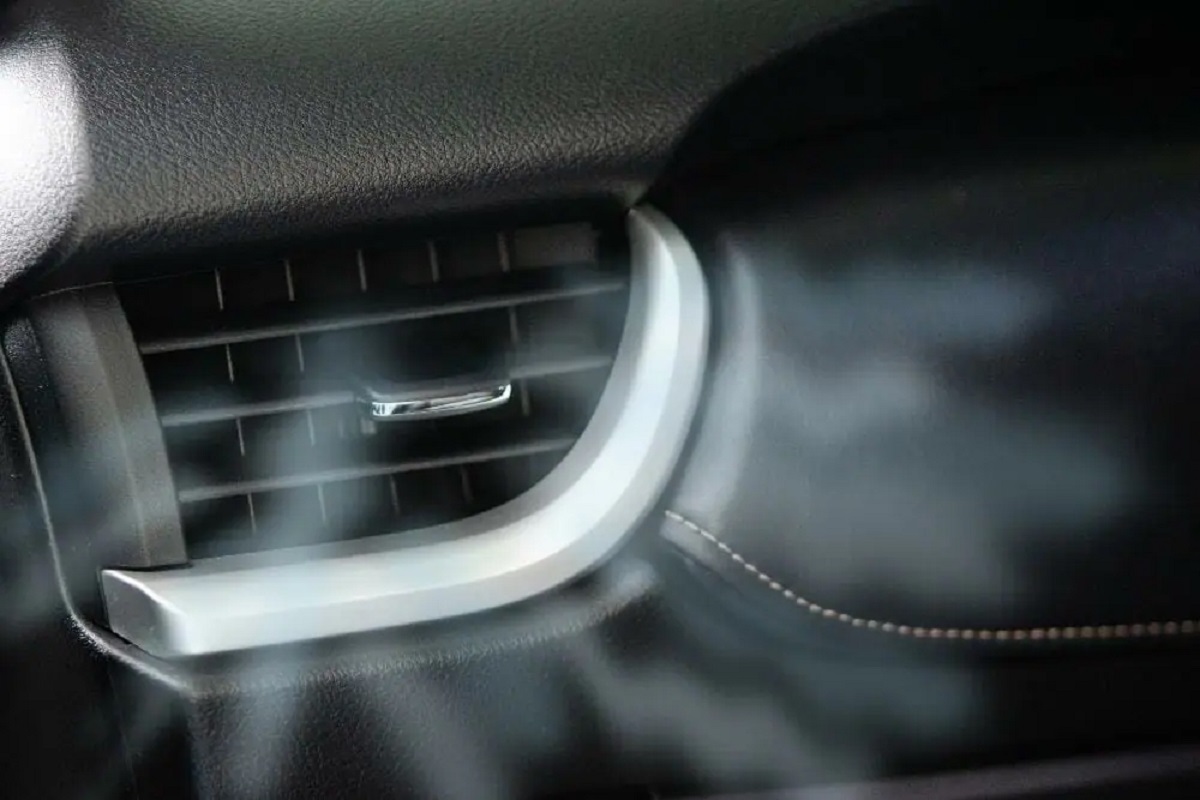

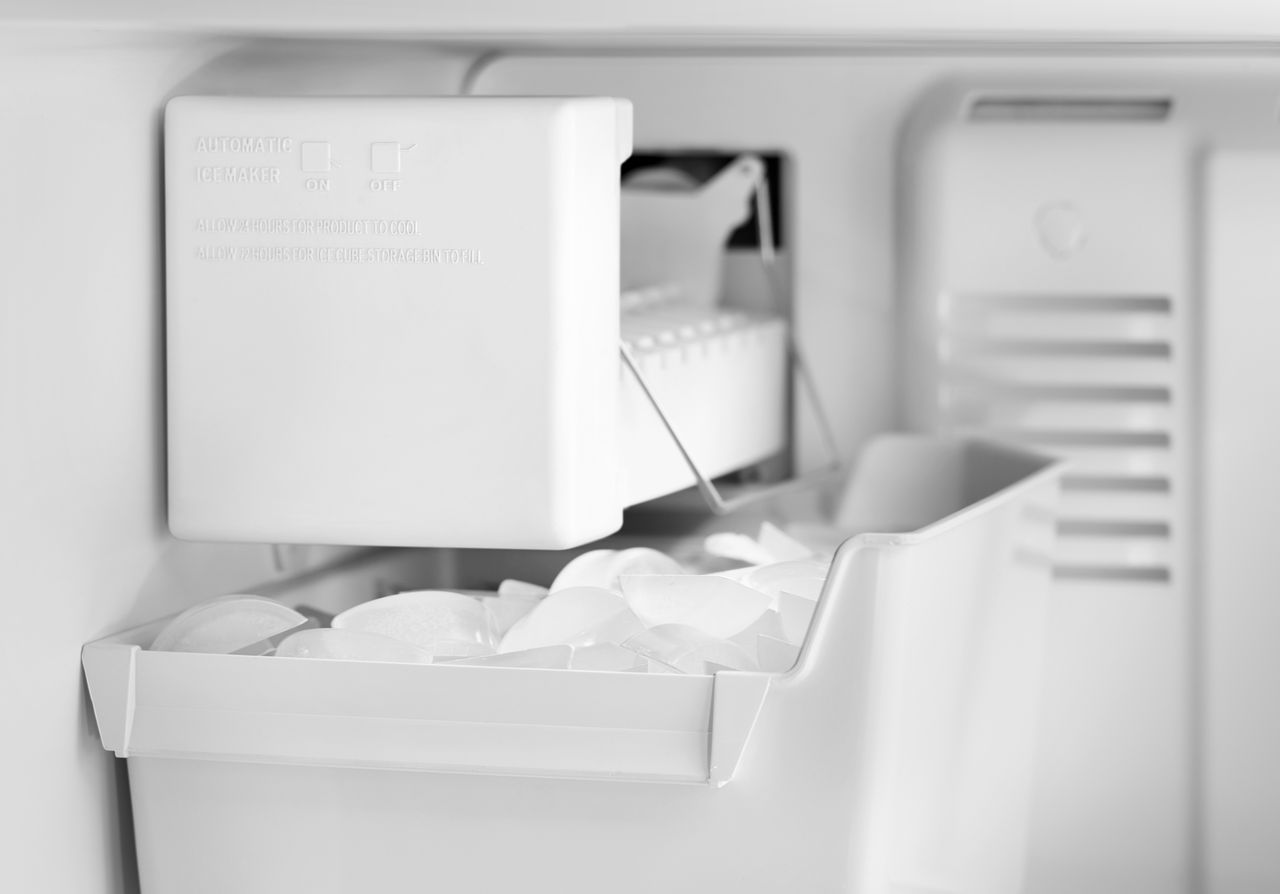
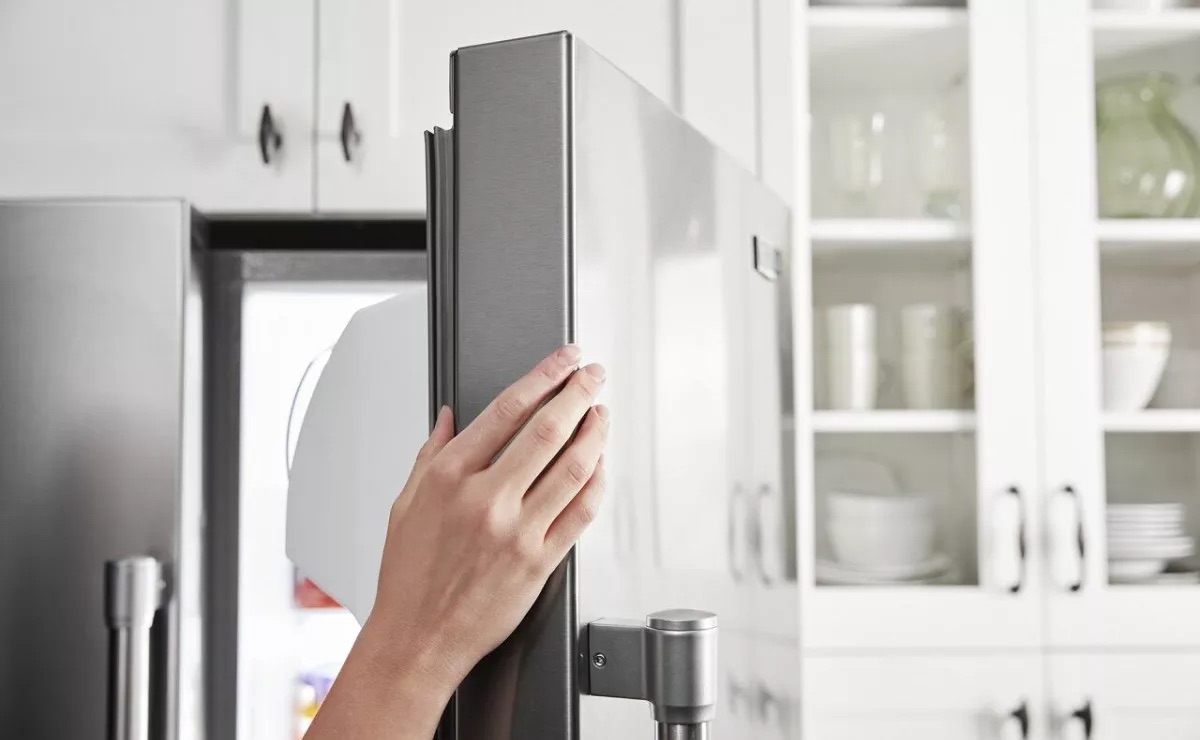
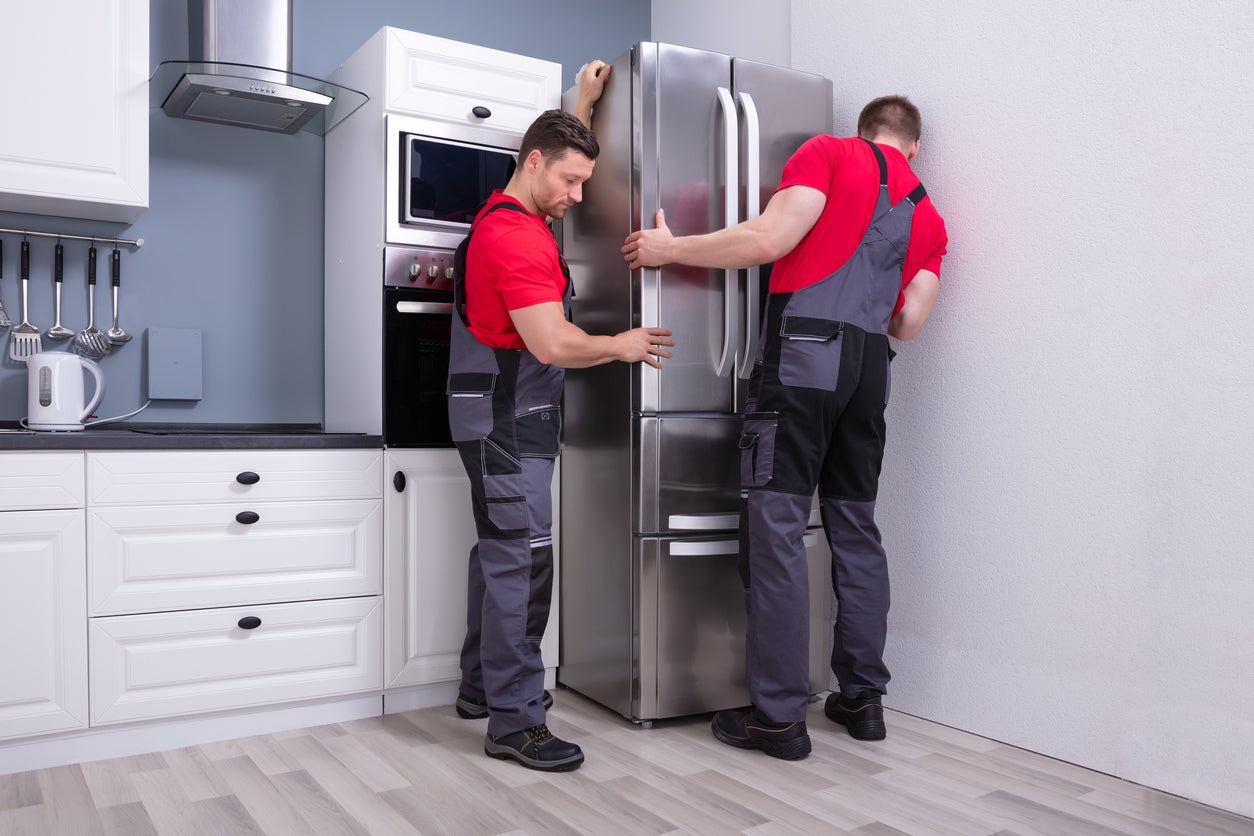
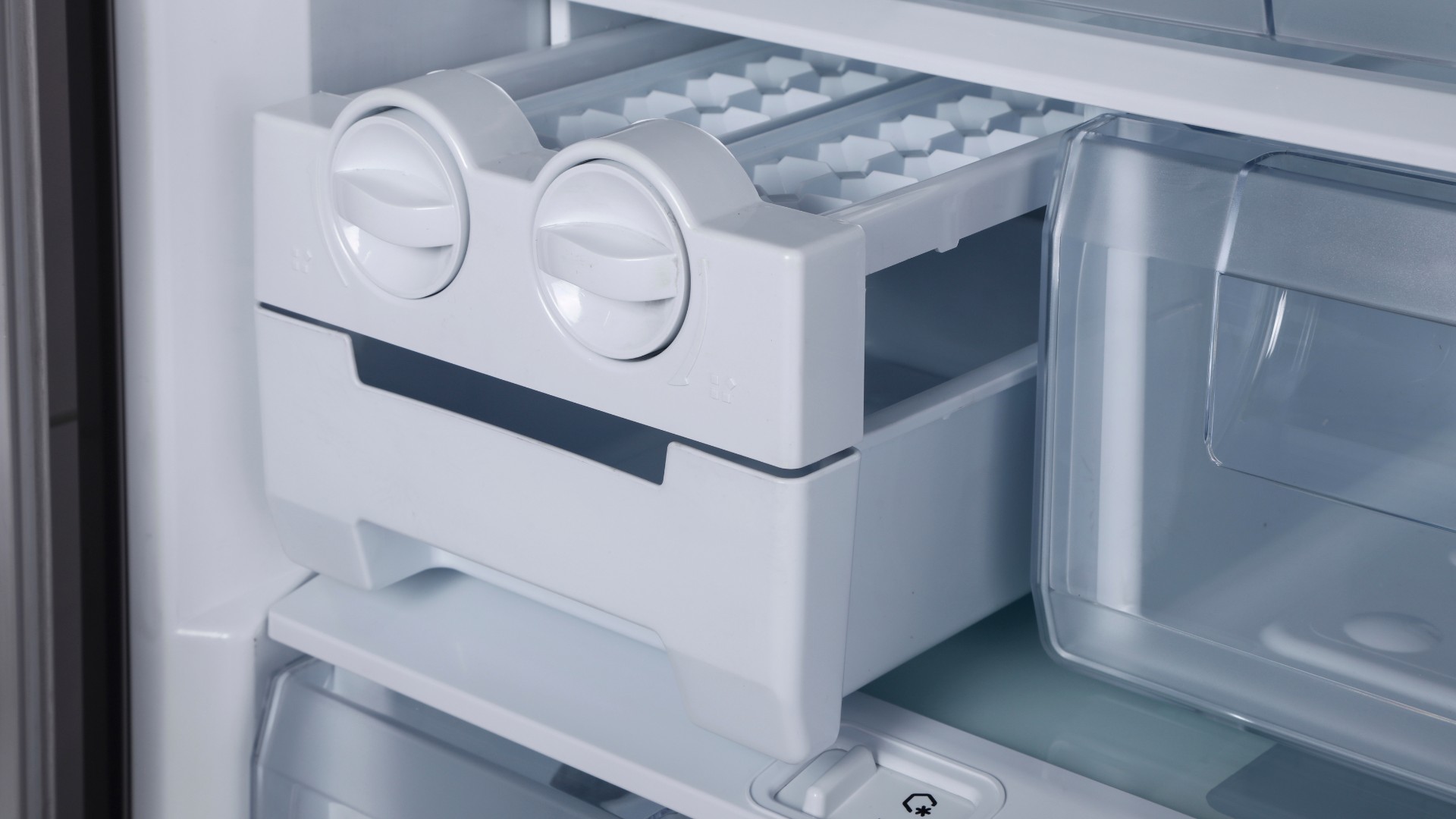

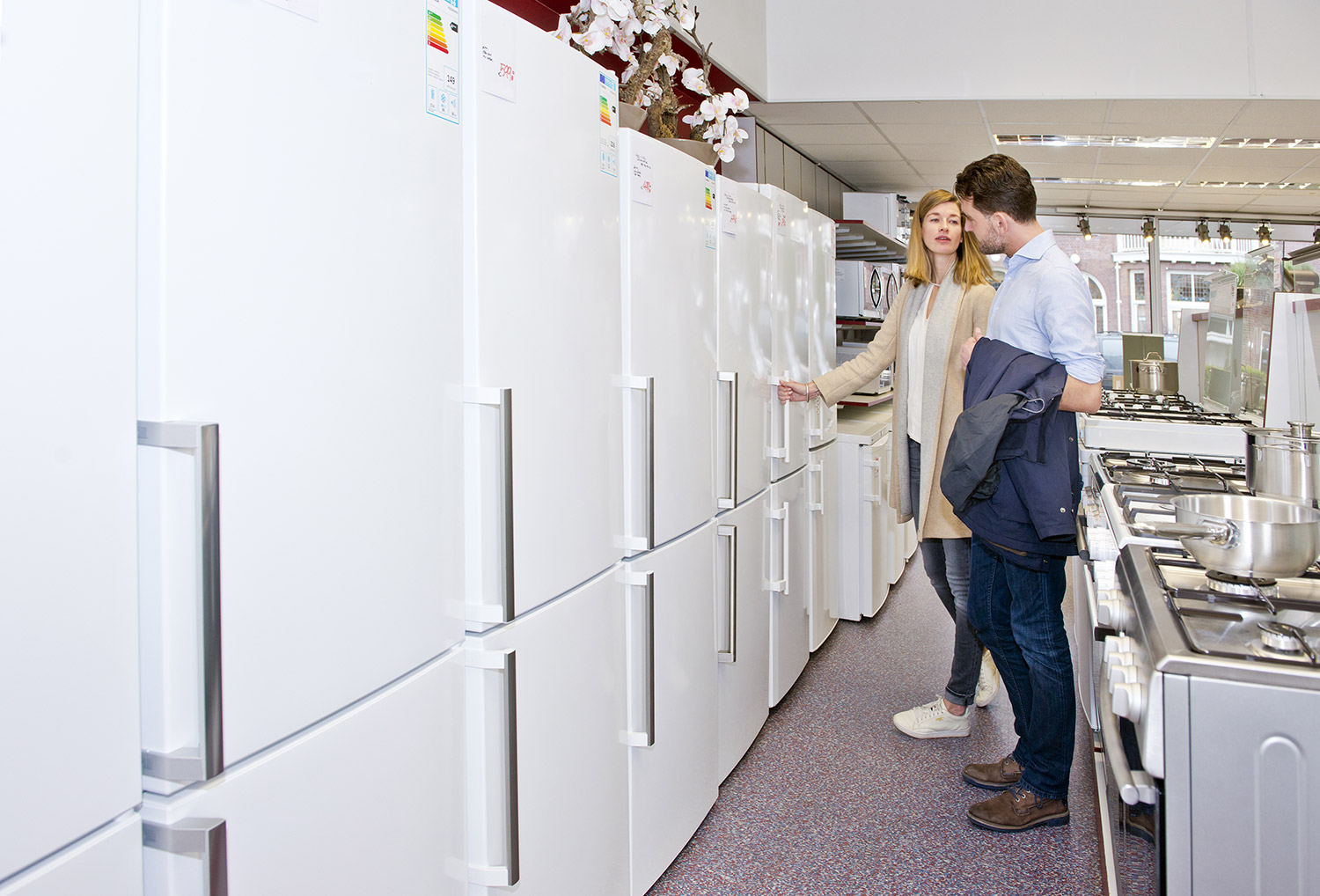
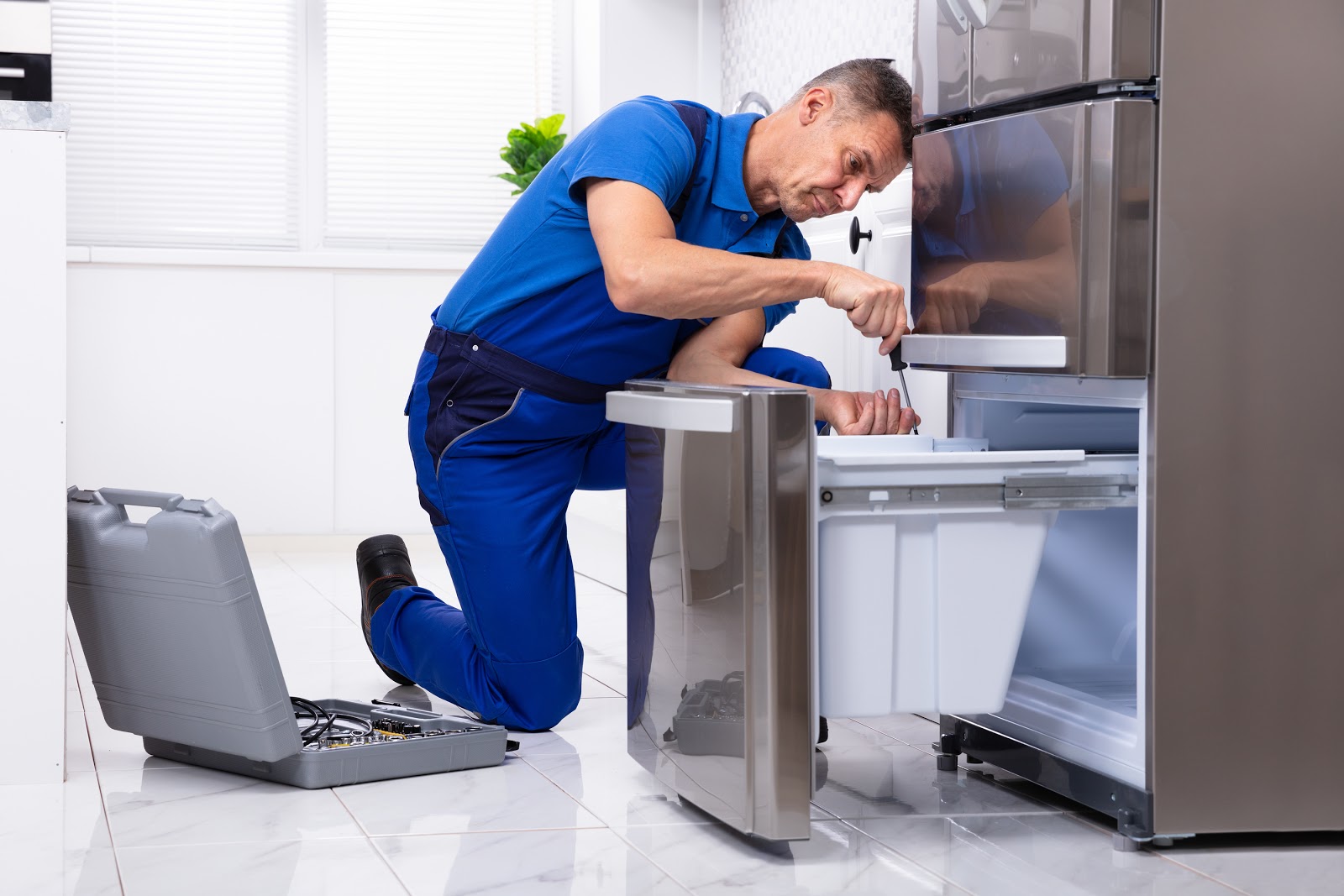
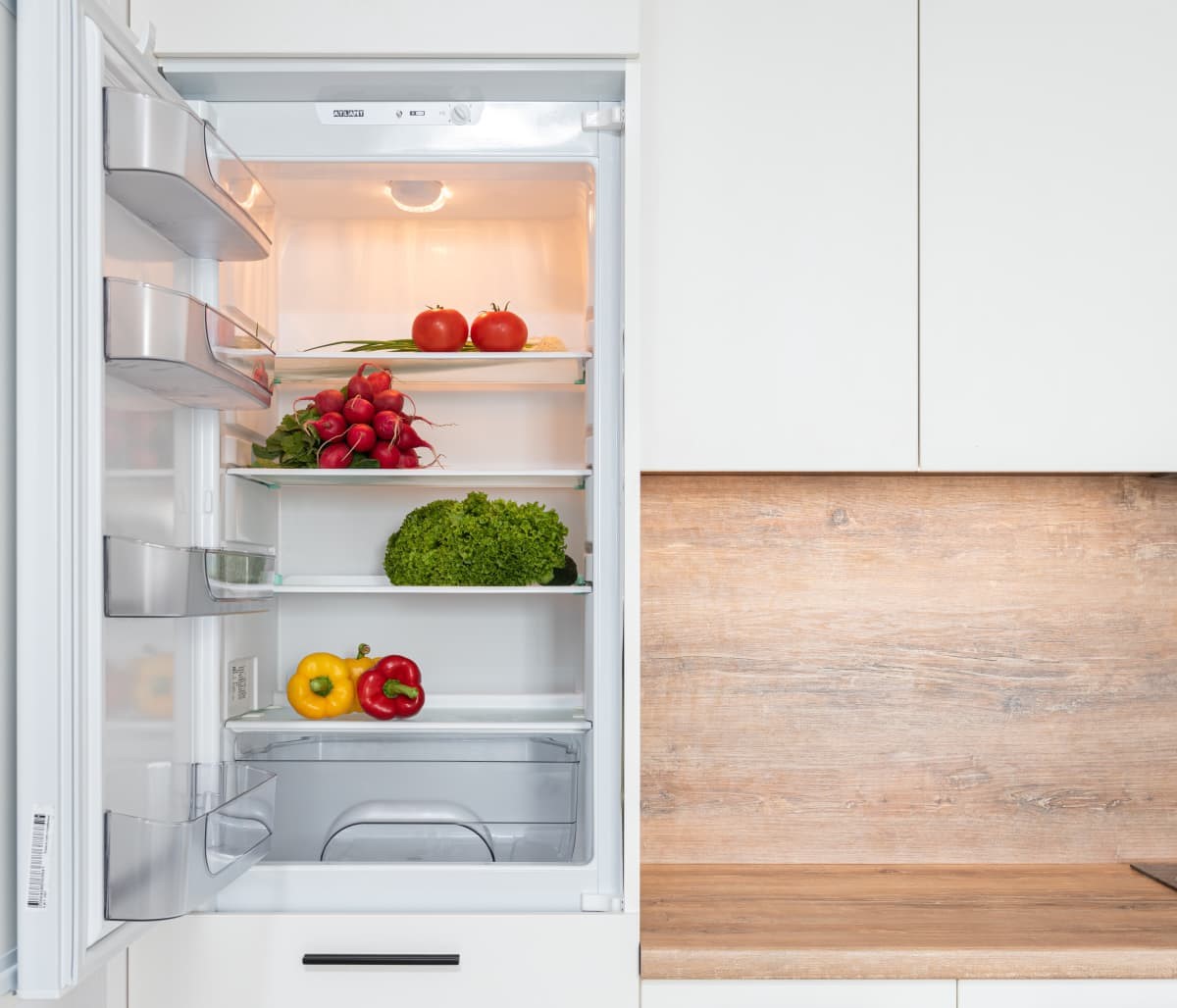
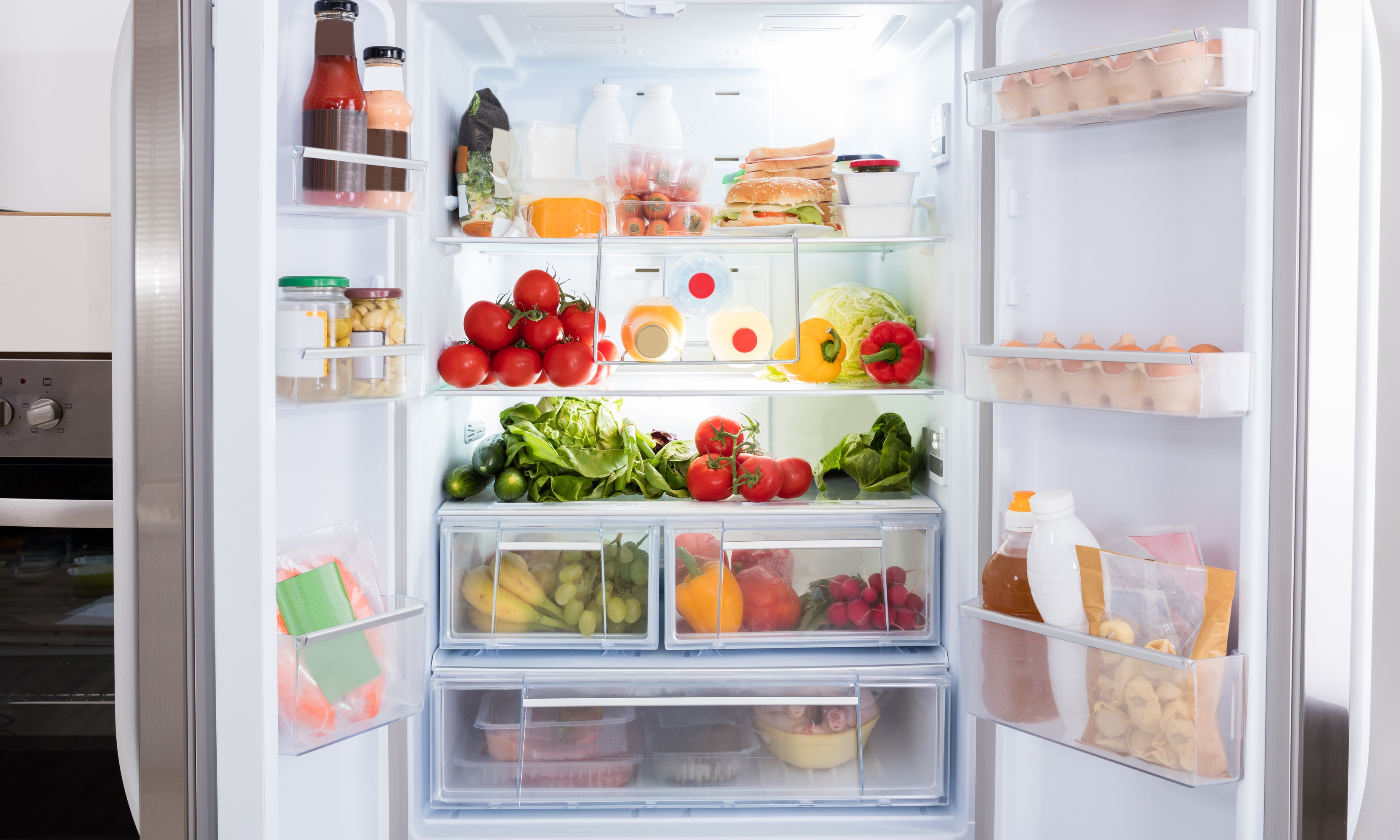
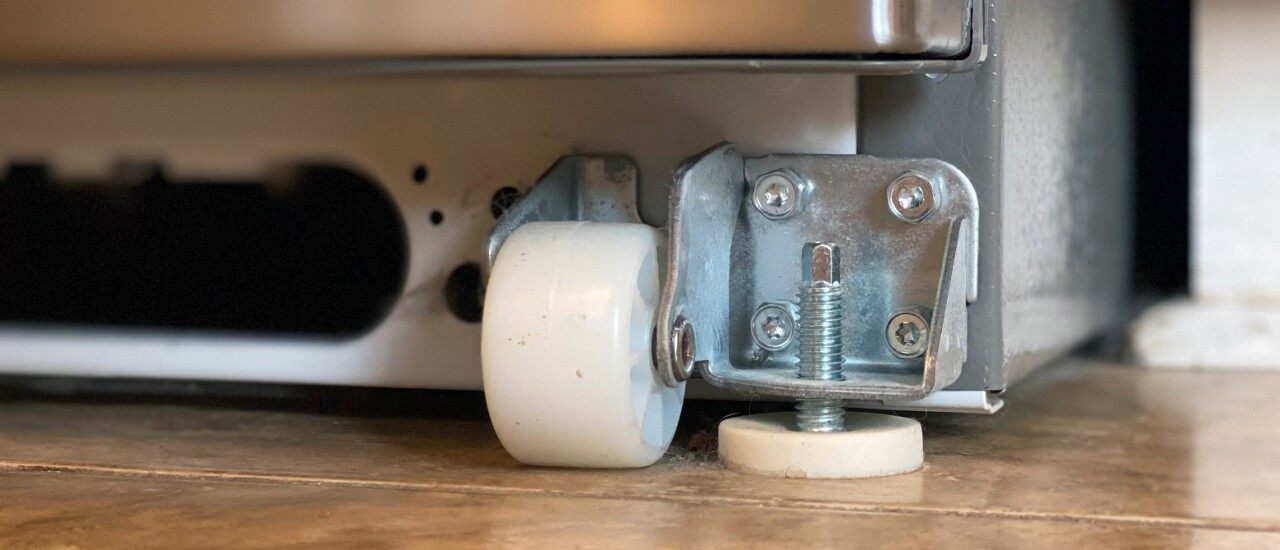
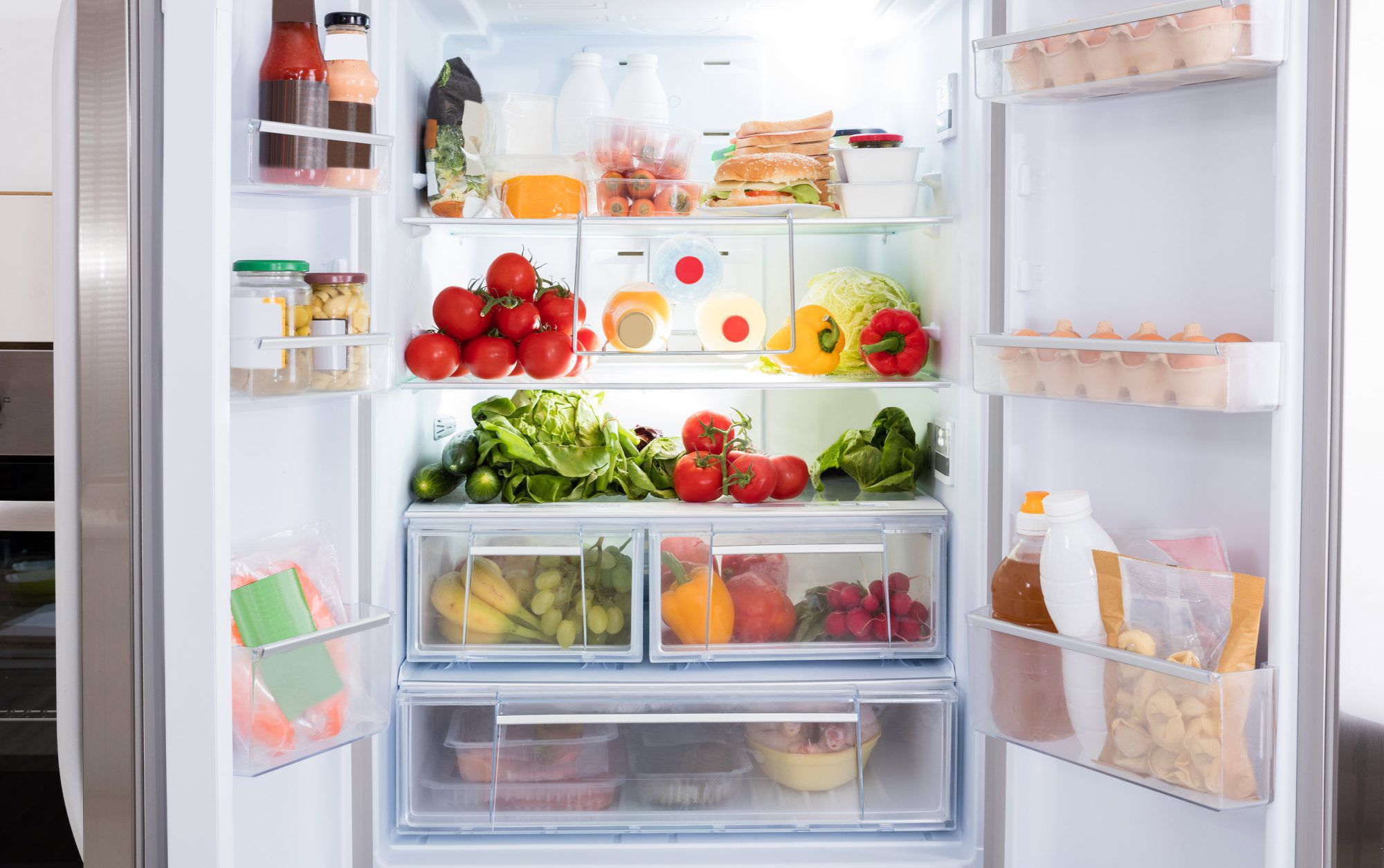
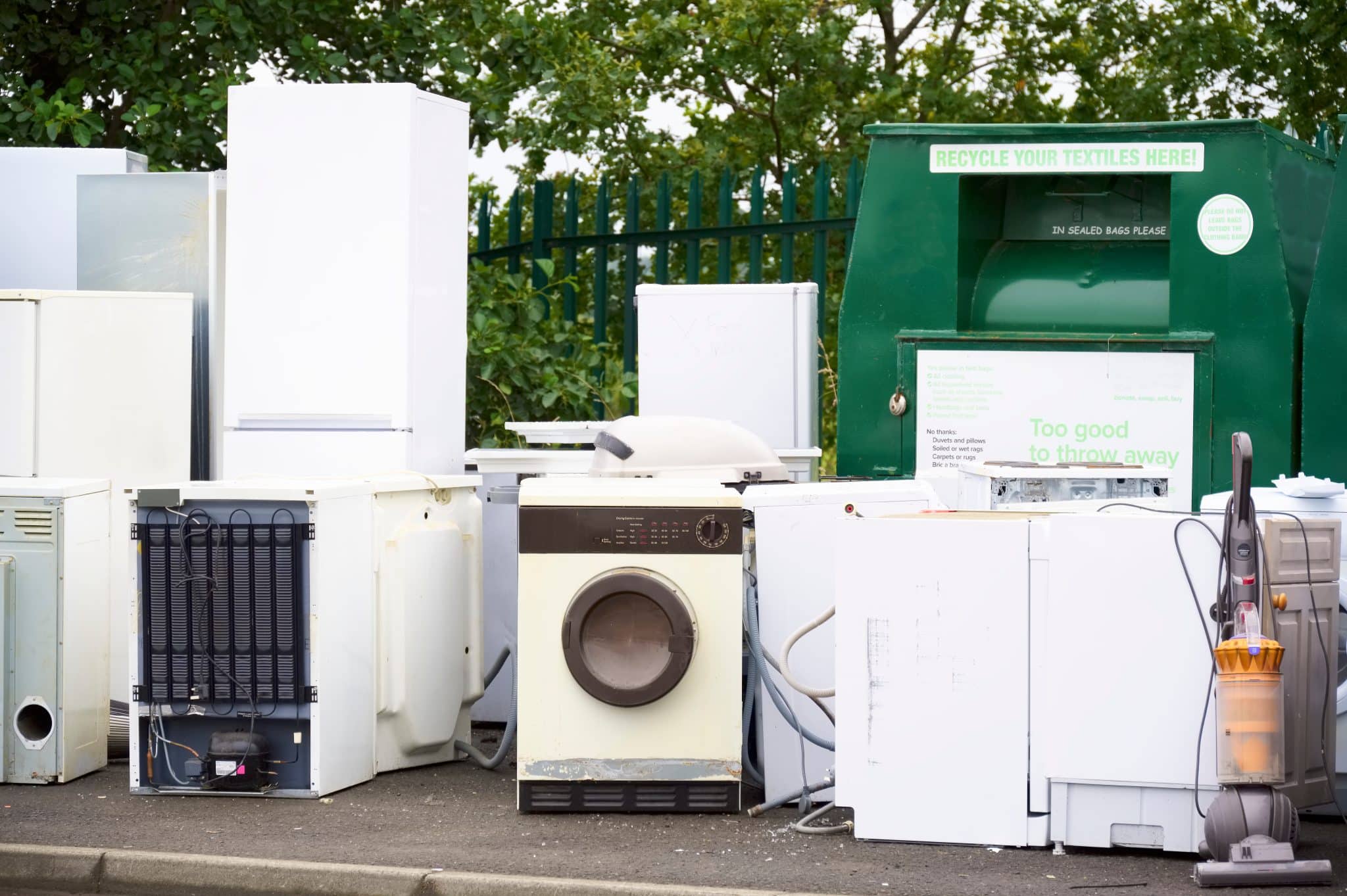

0 thoughts on “How To Make A Refrigerator Colder”